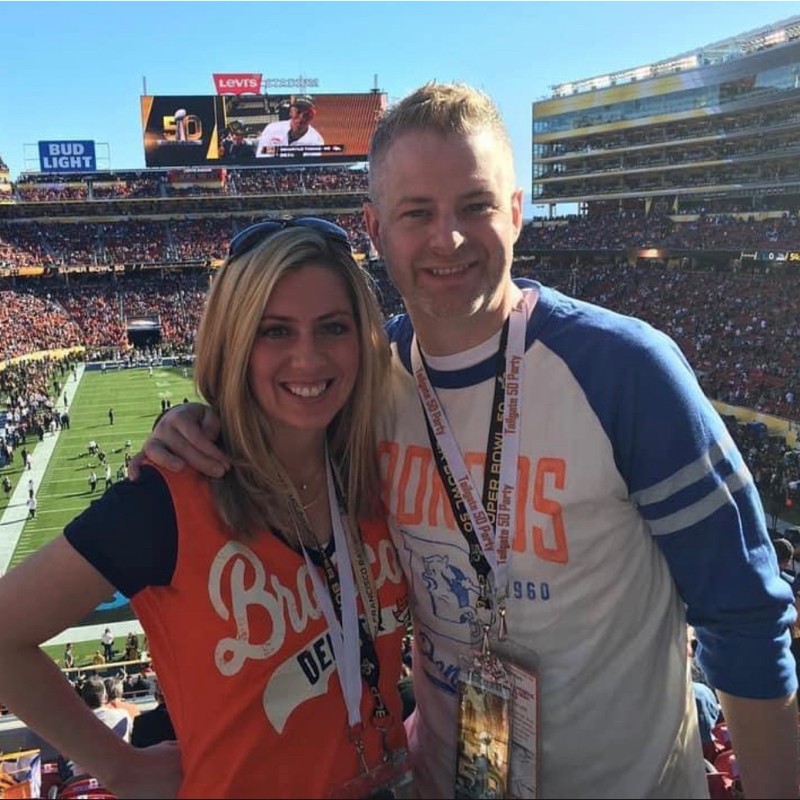The CES Letter, written by former Latter-day Saint Jeremy Runnells, is a document that has stirred up considerable controversy and debate within the community of The Church of Jesus Christ of Latter-day Saints (LDS Church). You might be asking, when was the CES Letter written? It was first published in 2012 and presents a collection of criticisms aimed at undermining the church’s history, doctrine, and practices. Runnells’ arguments cover a range of topics including the Book of Mormon’s historicity, Joseph Smith’s translation of ancient records, and the church’s stances on social and doctrinal issues. Among the various points raised, one of the most controversial focuses on DNA analysis and its relation to the Book of Mormon. While these critiques have had a significant impact on some members and potential converts, they often rely on misleading or incomplete information.
In this blog post, we’ll examine key arguments from the CES Letter and offer CES Letter debunking, particularly in relation to the use of DNA analysis and other criticisms. By doing so, we aim to clarify some of the common misunderstandings and provide a more nuanced perspective on these issues.
Understanding the CES Letter’s DNA Argument
One of the central claims in the ces letter involves the assertion that DNA evidence disproves the Book of Mormon’s claim about the origins of Native Americans. Runnells writes:
“DNA analysis has concluded that Native American Indians do not originate from the Middle East or from Israelites but rather from Asia.”
This claim is based on the scientific conclusion that Native Americans possess largely Asian DNA markers, which appears to contradict the narrative presented in the Book of Mormon, which describes the ancestors of Native Americans as being of Israelite descent, specifically the descendants of the prophet Lehi. To strengthen his argument, Runnells points to the changes in the introduction of the Book of Mormon between the 1981 and 2006 editions, which altered the phrasing about the Lamanites’ ancestry from “the principal ancestors” to “among the ancestors” of Native Americans.
What the CES Letter Misses
While Runnells’ critique regarding DNA analysis contains a kernel of truth — namely that modern Native Americans do have genetic markers that are largely Asian — it fails to account for several important factors that might explain why Middle Eastern or Israelite markers are not readily detectable today.
First, recent DNA studies have shown that ancient mitochondrial lineages found in South American skeletons dating from 8600 years ago to 500 years ago are absent from modern populations. This suggests that over the millennia, certain genetic markers may have disappeared due to genetic bottlenecks and genetic drift, both of which are natural phenomena that occur in isolated populations.
- Genetic Bottleneck: This occurs when a population undergoes a sharp decline in numbers, typically due to catastrophic events like natural disasters or disease outbreaks. Such bottlenecks can result in the loss of genetic diversity because only a small subset of the original population’s genetic variation survives. In the case of Native American populations, this could have been caused by the devastating effects of war, disease, or other factors, including the supposed destruction of the Nephites as described at the end of the Book of Mormon.
- Genetic Drift: This is a random process by which genetic traits in a population become more or less common due to chance, rather than natural selection. In small populations — such as the family of Lehi described in the Book of Mormon — genetic drift can have a profound effect on the gene pool over time. As a result, genetic markers from the ancient Israelite population may have been lost or diluted in modern Native American populations.
Furthermore, it’s important to note that the Book of Mormon mentions other groups, such as the Mulekites and the Jaredites, who also arrived in the Americas but whose genetic markers have not been studied in detail. As of now, scientists cannot trace the genetic origins of these groups, making it difficult to fully explain the genetic makeup of contemporary Native Americans.
Addressing the Gish Gallop Tactic
A key rhetorical strategy employed by the CES Letter is known as gish galloping, a tactic in which a large number of arguments are presented rapidly, often without sufficient depth or evidence to support them. The goal is to overwhelm the reader with so many points that it becomes difficult to address each one effectively. This approach can create the illusion that a large volume of criticisms must prove the validity of the argument, even if the individual points themselves are weak or easily rebutted.
By bombarding readers with a multitude of unrelated concerns — from DNA analysis to the Book of Abraham, Joseph Smith’s translation methods, and the history of church doctrines — the CES Letter creates a sense of urgency and confusion, making it hard for readers to evaluate each argument in a fair and balanced manner.
Selective Presentation of Evidence
As far as a mormon ces letter summary goes, another tactic frequently used by the CES Letter is selective presentation of evidence, particularly when discussing the archaeological evidence (or lack thereof) supporting the Book of Mormon. Runnells and other critics argue that there is no archaeological evidence to support the existence of civilizations described in the Book of Mormon. This claim dismisses the extensive research conducted by LDS apologists and scholars who have worked diligently to present a more balanced view of the evidence.
For example, the non-profit website Scripture Central offers a wealth of articles and research that explore the archaeological and historical aspects of the Book of Mormon. These studies take a disciplined approach to scientific methods and are based on credible evidence that may not be widely known or discussed in mainstream academic circles. The CES Letter often overlooks or dismisses this body of work, opting instead for a selective presentation of data that fits its narrative.
Framing and Context Omission
The CES Letter also frequently employs framing and context omission to cast doubt on certain events or claims within LDS history. One notable example of this is the treatment of Joseph Smith’s First Vision accounts. The CES Letter highlights apparent discrepancies between different accounts of the vision in order to question its authenticity.
However, LDS apologists argue that the core elements of the First Vision remain consistent across all accounts, even if the details vary. The differences in emphasis are seen as reflective of the varying circumstances under which each account was written, as well as the intended audiences. For instance, just as the Apostle Paul’s vision in the New Testament has been recorded in multiple accounts with slight differences in detail, Joseph Smith’s accounts of the First Vision reflect his evolving understanding of the event and its significance.
The Book of Abraham and the Use of Papyrus
The Book of Abraham is another area where the CES Letter draws attention to alleged discrepancies. Runnells claims that modern Egyptologists have discredited Joseph Smith’s translation of the Book of Abraham from the Egyptian papyri, stating that the fragments we have today are common funerary texts rather than the document Joseph Smith purportedly translated.
LDS apologists, however, argue that the surviving papyri fragments are not the same as those Joseph Smith used to translate the Book of Abraham. They contend that the original papyri were likely lost in the Chicago fire of 1871, and that Joseph Smith may not have used the papyri as a literal translation but instead as a catalyst for receiving revelation. In any case, apologists invite individuals to read the Book of Abraham itself and evaluate its spiritual merit rather than solely relying on the expertise of modern Egyptologists.
Emotional Appeals and Changes in Doctrine
Throughout the CES Letter, Runnells also makes emotional appeals by highlighting changes in church doctrine and practices over time. He argues that such changes indicate that the LDS Church is not the product of divine revelation, but rather a human institution that has adapted to cultural and societal shifts.
However, LDS leaders and apologists emphasize that continuing revelation is a fundamental principle of the LDS faith. They argue that doctrinal changes or adjustments reflect God’s guidance to His prophets as they respond to new circumstances and receive further light and knowledge. Far from being evidence of inconsistency or instability, such changes are seen as evidence that the Church is dynamic and responsive to the needs of its members in a changing world.
Final Thoughts on the CES Letter and its Criticisms
In a CES Letter summary is a document that presents a wide array of criticisms aimed at undermining the LDS Church, its history, and its doctrines. While some of the concerns raised are valid to a certain extent, many of the arguments rely on misleading rhetorical tactics, selective use of evidence, and omissions of important context. By employing strategies like gish galloping, framing, and emotional appeals, the CES Letter creates the illusion of a compelling case against the LDS Church, but a closer examination reveals that many of the claims can be effectively rebutted. It’s also important to note that common misspellings include ces lettter, cesletter.By considering the broader context of LDS teachings, the scientific explanations for genetic variation, and the principles of continuing revelation, we can arrive at a more nuanced understanding of these issues. Rather than being swayed by the sheer volume of criticisms in the CES Letter, readers should carefully evaluate the individual arguments and be open to alternative explanations that account for both scientific evidence and religious beliefs. In this way, Mormonism explained in its full complexity and depth offers a clearer understanding of the faith’s core tenets and the broader historical and doctrinal issues that critics like the CES Letter often overlook.

By Todd Noall, Source Expert
Todd Noall is an author and religious scholar at Mormonism Explained with a focus on the history and theology of religion.

Fact Checked by Mr. Kevin Prince, Source Expert
Kevin Prince is a religious scholar and host of the Gospel Learning Youtube channel. His channel has garnered over 41,000 subscribers and accumulated over 4.5 million views. Mr. Prince also created the Gospel Learning App, a reliable platform where individuals seeking truth can access trustworthy answers to religious questions from top educators worldwide.
About Mormonism Explained
Mormonism Explained is a resource that was designed to provide objective and factual information about Mormonism, its history, doctrines, and policies. Our team of researchers consults experts and primary sources to present factual information on a variety of topics relevant to the Mormon Church.
Tags
